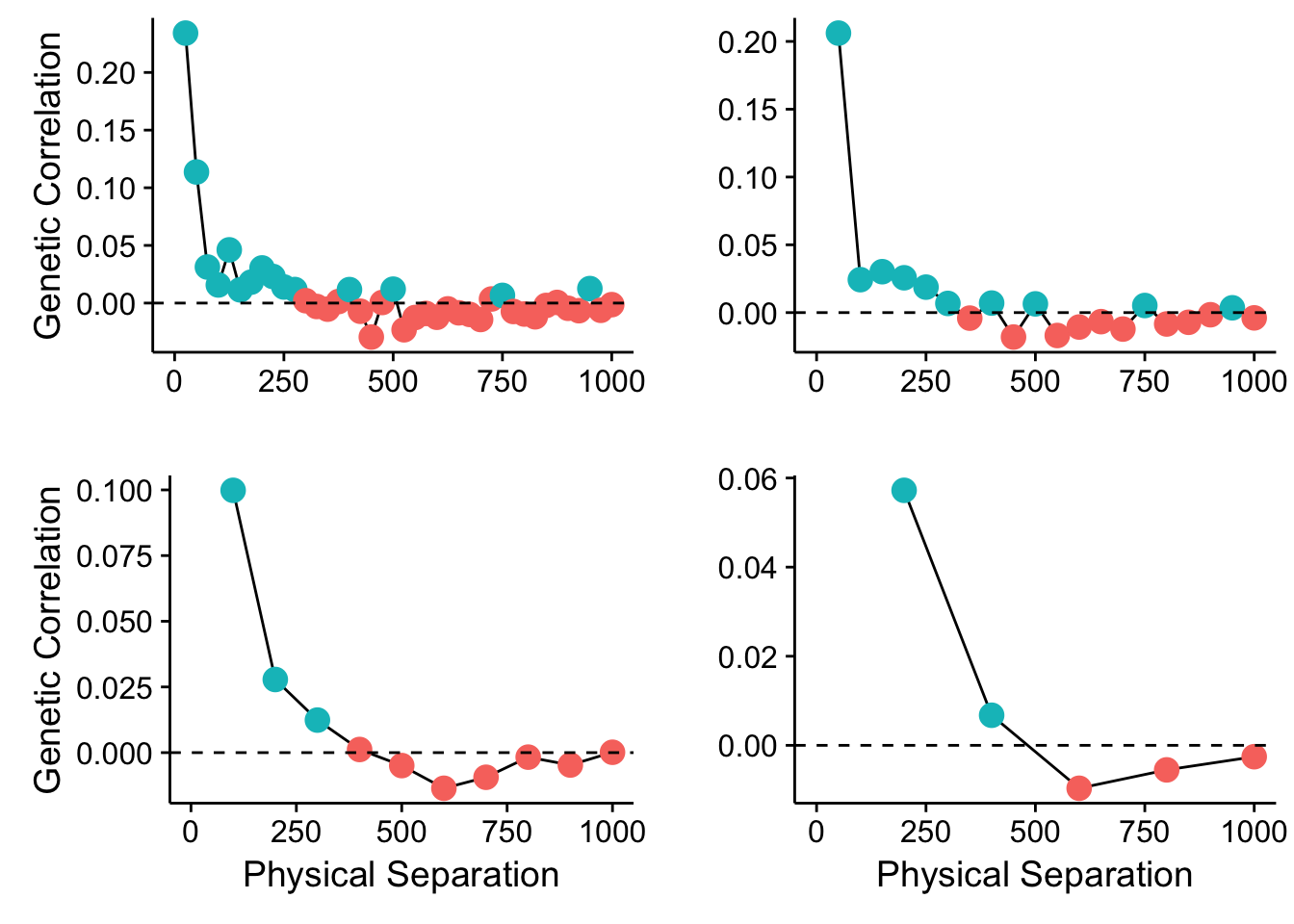

(figure %% fill_panel(r_logo, scaling = "shrink", row = 2:3, column = 2))īy default, plots and images are clipped so that they don’t overrun the panel that they were put in. If the image is smaller than the panel, scaling = "shrink" works like scaling = "none". (figure %% fill_panel(r_logo, scaling = "shrink", row = 3, column = 1)) Setting scaling = "shrink", works the same way as scaling = "fit" when the image is larger than the panel. (figure %% fill_panel(r_logo, scaling = "fit")) # Setting row to 2 # Setting column to 1 Setting scaling = "fit" means that the image is shrunked or grown so that it just fits inside the panel without the height-to-width ratio being distorted. (figure %% fill_panel(r_logo, scaling = "stretch")) # Setting row to 1 # Setting column to 2 library(multipanelfigure)įigure % fill_panel(r_logo)) # Setting row to 1 # Setting column to 1īy setting scaling = "stretch", all the image is displayed, fitting the panel exactly, but the height-to-width ratio had been altered, distorting the image. That gives it a native size of 2.67" by 2.33". This is a PNG file, 800 pixels wide and 700 pixels high, with a resolution of 300 dots per inch (DPI). In each case, we’ll use the copy of the R logo contained in the multipanelfigure package. Here’s a multi-panel figure with four panels, to contain the images. This section demonstrates the four different scaling options available. Note: You can find the complete documentation for the geom_point() function here.By default, images (such as JPEG, PNG, BMP, SVG) that are placed in panels are not scaled. Notice that ggplot2 also automatically adds a legend on the right side of the plot to help you understand how the value of the qsec variable is mapped onto the size of each point. The size of each point is now dependent on the value of the qsec variable. #create scatterplot with point size based on value of qsec
#GGPLOT MULTIPANEL FIGURE DIFFERENT LEGEND DIFFERENT SIZES HOW TO#
The following code shows how to create a scatterplot in ggplot2 and adjust each point size based on the value of another variable in the mtcars dataset called qsec: library(ggplot2) Example 3: Adjust Point Size Based on Variable Notice that the points are much smaller than the default size. #create scatterplot with decreased point size The following code shows how to create a scatterplot in ggplot2 and decrease the point size by using the size argument: library(ggplot2) Example 2: Decrease Point Size in ggplot2 Notice that the points are much larger than the default size. #create scatterplot with increased point size The following code shows how to create a scatterplot in ggplot2 and increase the point size by using the size argument: library(ggplot2)


The following examples show how to use each method in practice with the built-in mtcars dataset in R.įor reference, here’s what a ggplot2 scatterplot looks like using the default size: library(ggplot2)Įxample 1: Increase Point Size in ggplot2

The default size is 1.5 but you can decrease or increase this value to make the points smaller or larger. You can use the size argument to change the size of points in a ggplot2 scatterplot: some_ggplot +


 0 kommentar(er)
0 kommentar(er)
